Ever felt that pang of panic when you call your dog, and they just… don’t care? 🤔
You’re not alone!
We’ve all been there, watching our furry friends gallop off into the distance, seemingly deaf to our pleas.
This video we’re diving into today tackles this exact frustrating scenario – when your dog treats recall like a fun game of “catch me if you can.”
Let’s explore how to ditch the chase and build a more reliable “come” command, turning those moments of anxiety into confident control.
Ready to learn how to get your dog to take you seriously?
Today, we review a training video from the excellent @BDTraining channel on Youtube. Full video is at the bottom of this article.
Let’s get started! 🚀
Spotting the “It’s a Game!” Mentality 🤪
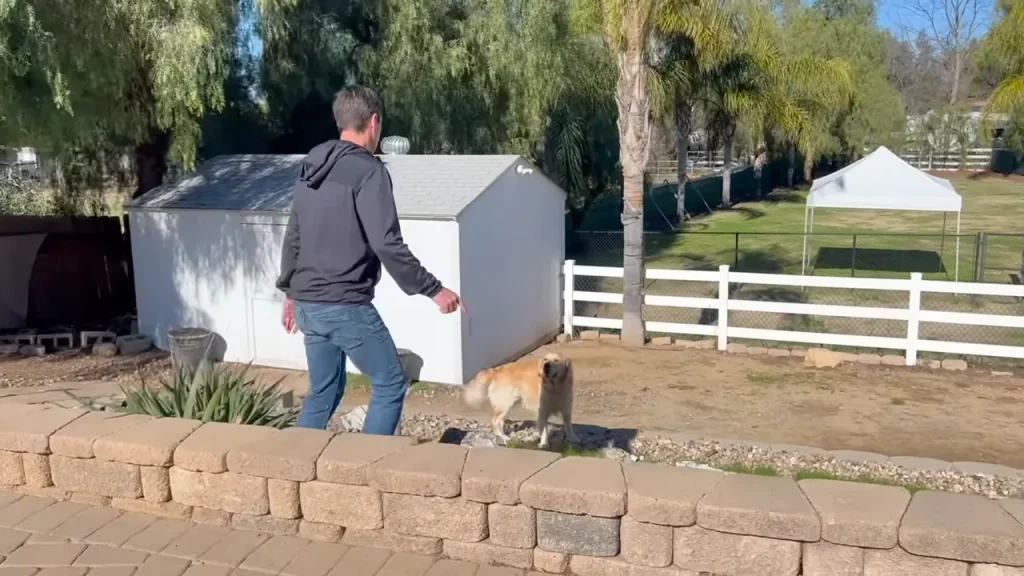
In the video, we see a dog named Jet who has just arrived at a new facility.
Instead of being nervous, Jet thinks the attempts to get him inside are a hilarious game.
The presenter points out that Jet likely interprets the owner’s efforts to call him as an invitation to run away.
He’s learned that when his “mommy” tries to get him, the fun begins with a chase!
This is a common issue many dog owners face.
Your dog might see your recall attempts as playtime, especially if past attempts have inadvertently turned into a fun pursuit for them.
The Crucial First Step: Ditching the Game 🛑
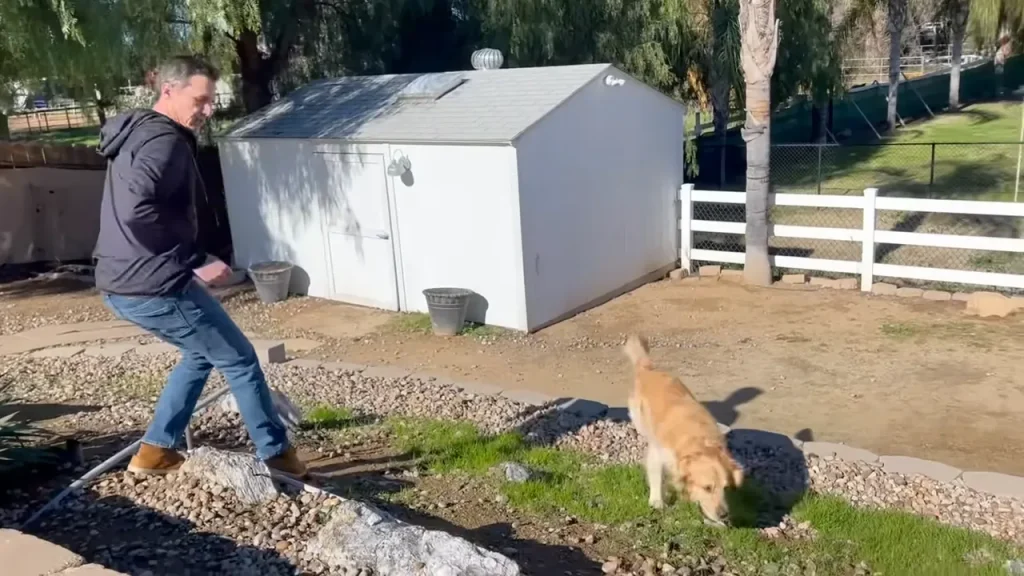
The key takeaway from the video is this: you can’t effectively work on recall until you eliminate the “it’s a game” mentality.
The presenter emphasizes that this video isn’t just about teaching your dog to come; it’s about stopping the runaway game first.
Think about it – if your dog thinks running away is the most exciting thing ever, why would they suddenly choose to come back just because you said a word?
It’s like asking a kid to stop playing their favorite video game to do chores… it’s going to be a challenge! 🎮
How to Show You’re Not a Toy 🧸
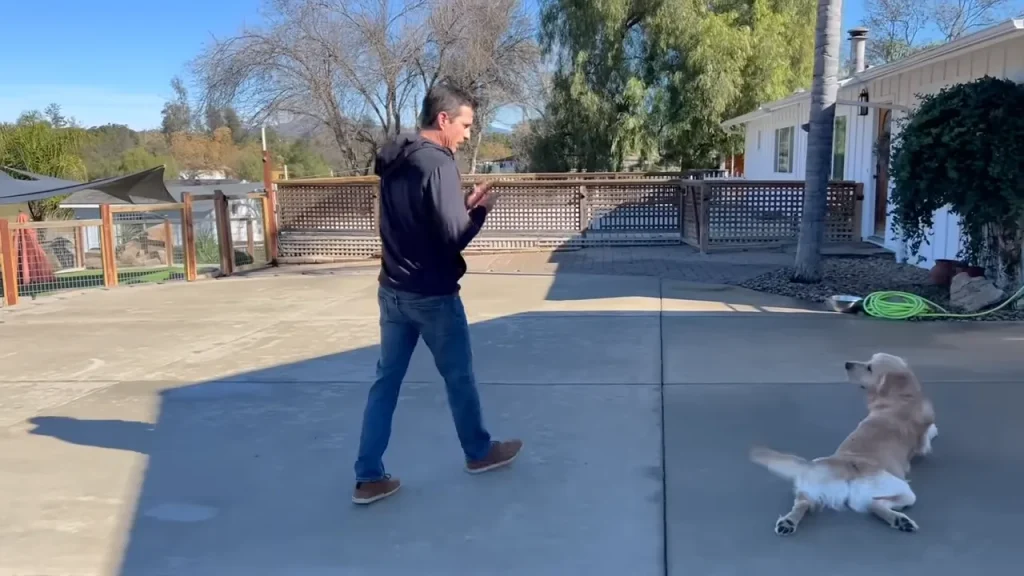
So, how do you show your dog that you’re not to be completely played with?
The video demonstrates a calm but firm approach.
The presenter gives Jet a clear “come” cue and indicates a place he should go.
Even though Jet doesn’t immediately comply, the presenter doesn’t get overly animated or beg.
The goal is to communicate that “come” isn’t a request for a chase, but a serious command.
This might mean changing your body language and tone to convey a more assertive, yet not angry, demeanor.
Remember, consistency is key here! 🔑
The Power of the Pause and Subtle Consequences 🤔
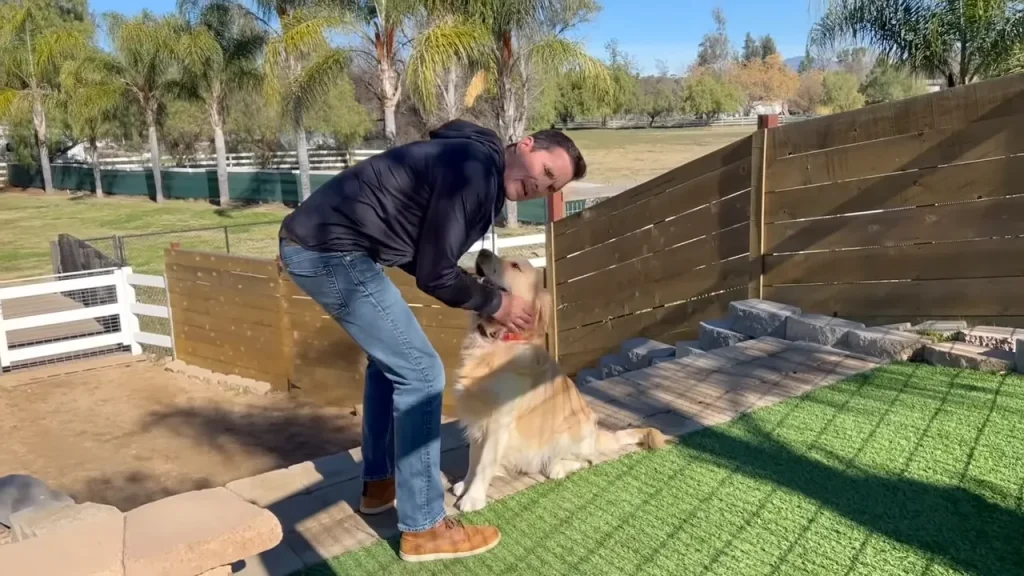
Notice in the video how the presenter doesn’t immediately escalate when Jet ignores the first command.
He waits and observes.
When Jet eventually allows him to get closer, there isn’t a huge reward or a harsh punishment.
The consequence is simply the end of the “game”.
The presenter gently takes hold of Jet, not in a mean way, but in a way that communicates, “Okay, the fun is over.”
This subtle correction shows Jet that running away doesn’t lead to more exciting chase time.
A Glimmer of Understanding ✨
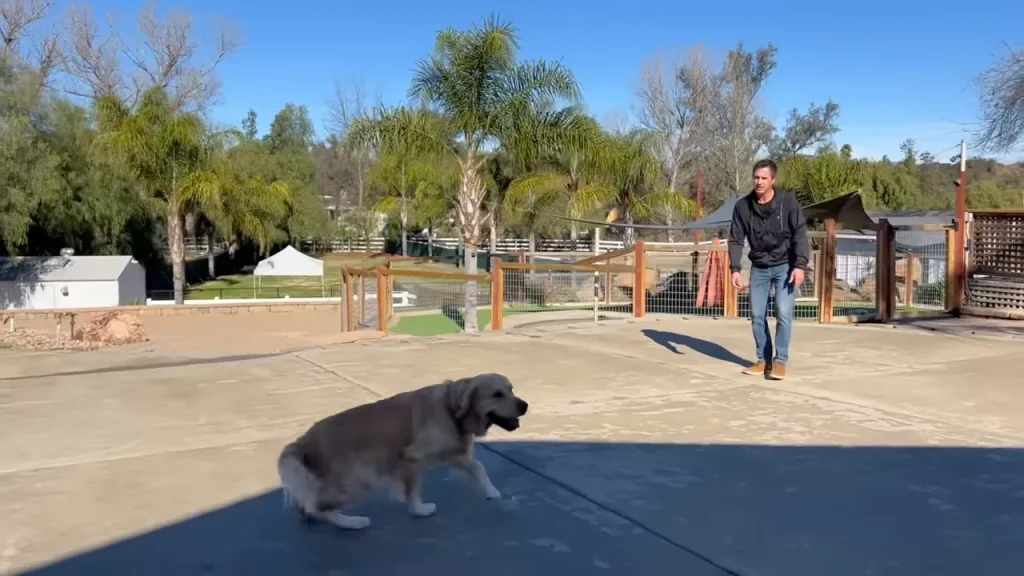
Later in the video, we see a small breakthrough.
When the presenter changes his body language slightly and gives a firmer “sit” command, Jet’s body language also shifts.
He might not have fully complied immediately, but he acknowledged the change in tone and understood that the game was indeed different this time.
This highlights the importance of clear communication and consistent expectations.
Even small changes in your demeanor can make a big difference to your dog!
Building a Rock-Solid Recall After the Game Ends 🏆
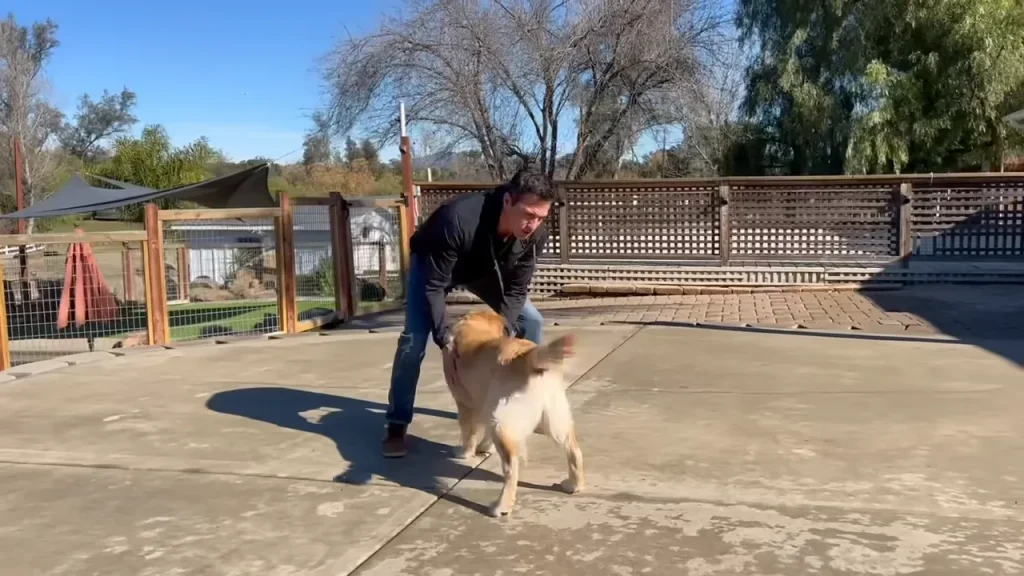
Once you’ve started to dismantle the “it’s a game” scenario, you can begin to focus more directly on recall training.
While this video focused on the initial step, here are a few extra tips to build a reliable “come” command:
- Start in a low-distraction environment: Practice in your home or backyard where your dog is less likely to be tempted to wander off.
- Use high-value rewards: Find treats or toys that your dog absolutely loves and reserve them specifically for recall training. 🍖🎾
- Make it positive and fun! When your dog comes when called, shower them with praise and their special reward. 🎉
- Practice frequently and in short sessions: Keep training sessions brief and engaging to maintain your dog’s focus.
- Gradually increase distractions: Once your dog is reliable in quiet areas, start practicing in more stimulating environments, like a park (on a leash!). 🌳
- Never punish your dog for coming to you, even if it takes a while: You want them to always associate coming to you with positive experiences. 😊
Final Thoughts: Patience and Consistency are Your Superpowers! 💪
Find out more: https://www.youtube.com/@BDTraining
Dealing with a dog who thinks recall is a game can be frustrating, but remember, you’re not alone!
The key is to first address the underlying issue – the “game” itself.
By showing your dog that ignoring your commands isn’t fun anymore, you’re laying the groundwork for a much more reliable recall.
Be patient, be consistent, and celebrate those small victories along the way.
You’ve got this! 👍

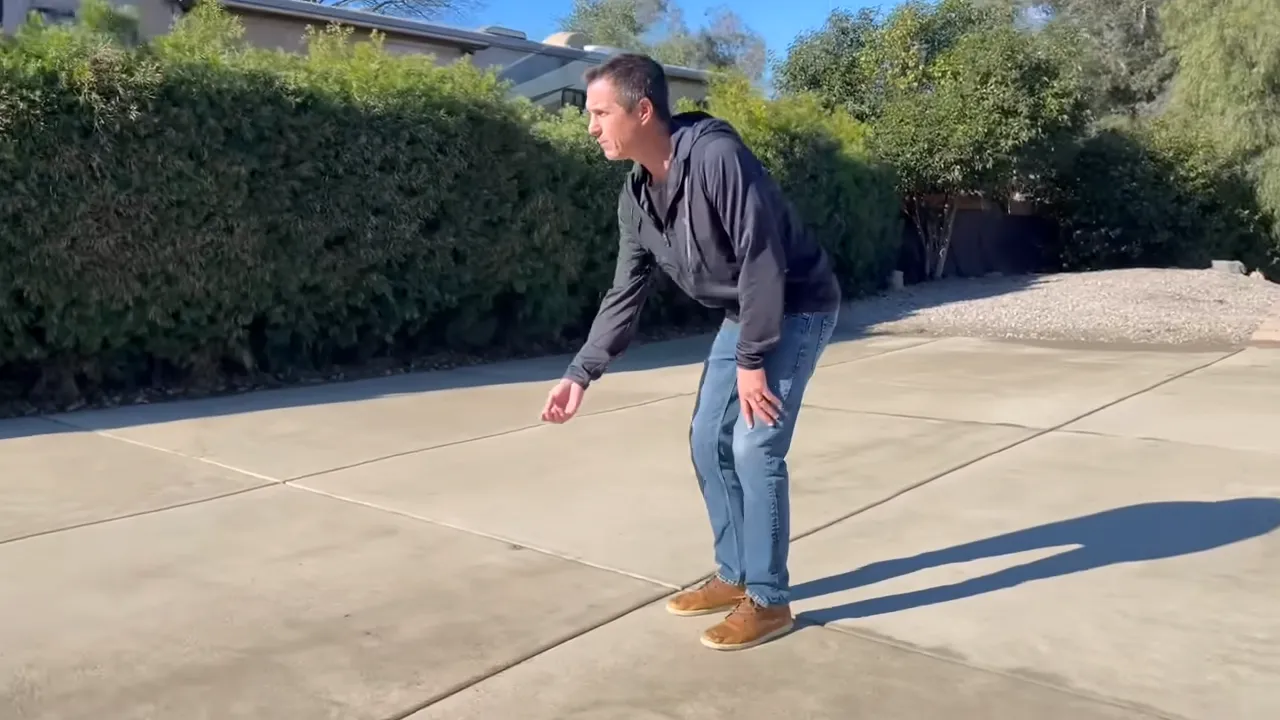
13 responses to “Is Your Dog Playing Hard to Get? What to Do When They Don’t Listen”
purchase androxal generic ingredients
online order androxal buy san francisco
online order enclomiphene american express
order enclomiphene usa buy online
how to buy rifaximin how to purchase viagra
price of rifaximin at a drug store
get xifaxan generic pharmacy canada
online order xifaxan australia cheap
purchase staxyn price south africa
buy staxyn no prescription online
generic avodart singapore
get avodart buy for cheap
buy cheap dutasteride usa buying
online order dutasteride generic order
how to buy flexeril cyclobenzaprine price netherlands
purchase flexeril cyclobenzaprine cheap genuine
how to buy gabapentin buy in australia
online order gabapentin generic is good
online order fildena buy from canada
buying fildena generic where to buy
canadian pharmacies without prescriptions itraconazole
buying itraconazole using mastercard
kde koupit kamagra žádný předpis bez poplatků
koupit levné kamagra bez lékařského předpisu
medicament kamagra sans ordonnance comprime franche comte
kamagra feminino onde comprar